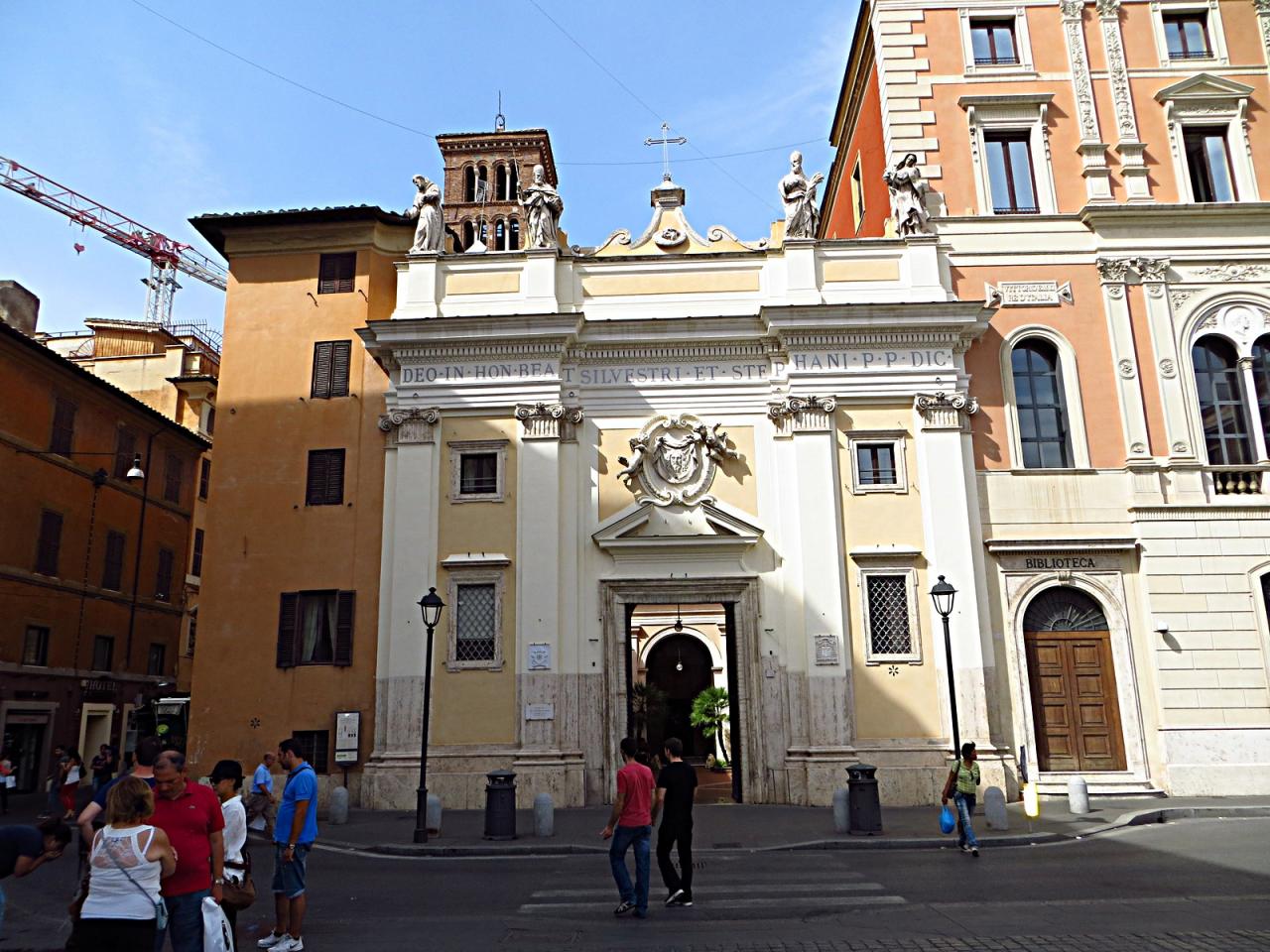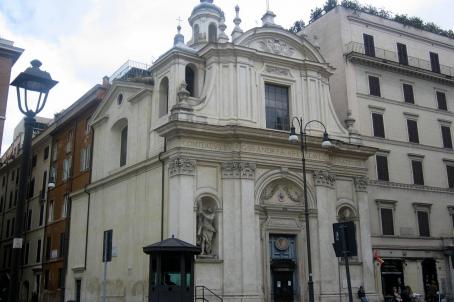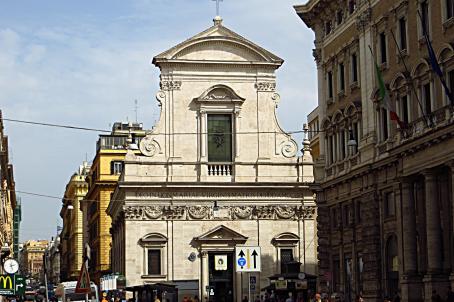Church of San Silvestro in Capite

The church of San Silvestro in Capite was founded in the 8th century with the adjoining Basilian monastery. In the 12th century, Pope Innocent II transferred the relic of the head of St. John the Baptist to it and the name was changed to St. John in Capitol. Between 1198 and 1216, the church was remodelled and the Romanesque bell tower was built. The monastery building was remodelled in 1588-1591 and the church in 1593-1601. The interior decoration was completed in 1696 and Domenico de' Rossi completed the façade in 1703.





